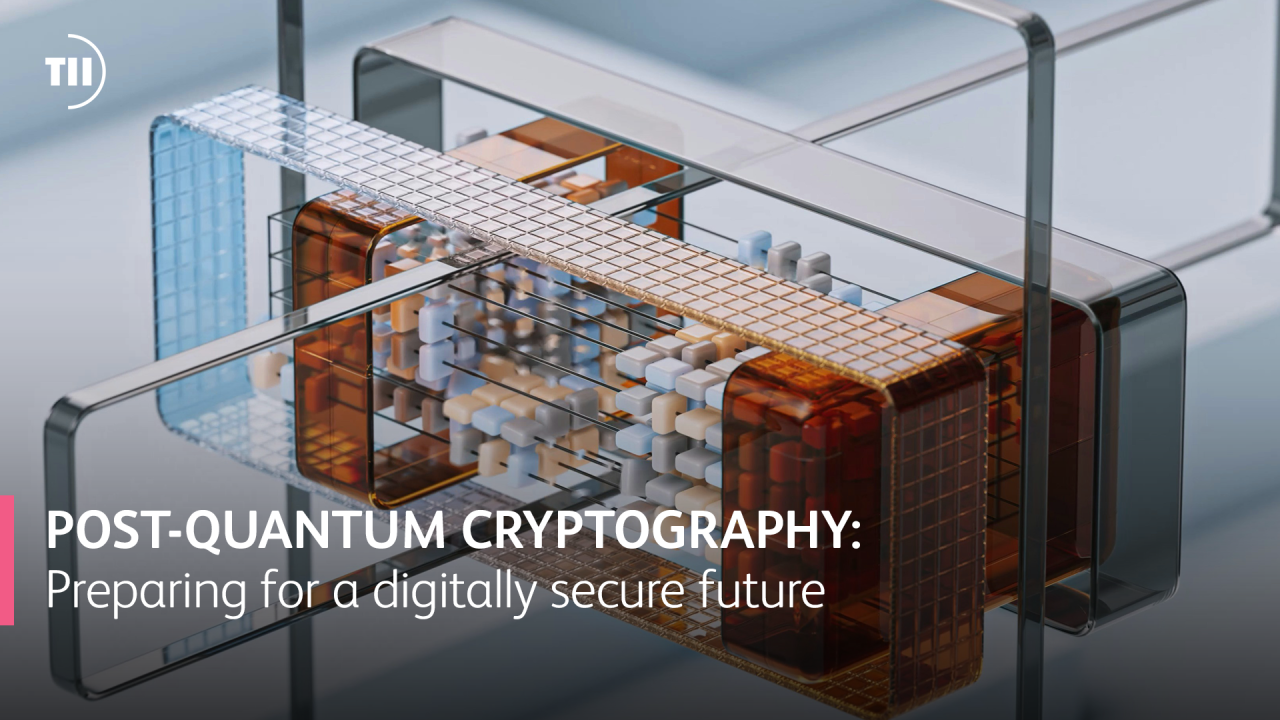In 1994, Peter Shor introduced a revolutionary algorithm that posed a theoretical threat to the public-key cryptography systems we’ve relied on for decades to secure communication. The good news, for the time being, was that Shor’s algorithm required a quantum computer—technology that was far from feasible. Fast forward to today, and we see the scientific community making significant progress toward developing cryptographically relevant quantum computers. While challenges such as scalability remain, recent advancements in error correction techniques are paving the way. For instance, Google’s “Willow” project has demonstrated promising results, signaling another step toward realizing this transformative technology.
Globally, the cryptographic community has been proactive in preparing for the quantum era. Recent milestones include the publication of NIST’s FIPS 203, 204, and 205, which establish standardized algorithms for key encapsulation mechanisms and digital signatures. These standards, alongside global standardization efforts, lay the foundation for next-generation cryptographic security. Around the world, cryptographic libraries are already adopting these standards to ensure applications can seamlessly transition to quantum-resistant security measures.
However, history has shown that upgrading cryptographic systems is no small task. Previous transitions to stronger cryptographic standards were long, complex, and sometimes fraught with unintended vulnerabilities. This time, the scale and complexity are even greater. The transition to quantum-resistant cryptography requires a concerted effort across industries.
At the Technology Innovation Institute (TII), our Cryptography Research Center is at the forefront of addressing these evolving challenges. Our researchers are deeply engaged in developing quantum-resistant cryptographic solutions that can safeguard the integrity of digital systems in a post-quantum world. At TII, we emphasize the importance of proactive preparation. Organizations must begin by identifying where cryptography is deployed within their operations, evaluating the criticality of sensitive data protected by current cryptographic systems, and creating a roadmap to replace vulnerable algorithms with quantum-resistant solutions.
NIST’s forthcoming IR 8547 guidance provides valuable insights for organizations navigating this transition, recommending the deprecation of current public-key algorithms for sensitive information by 2035. Such guidelines underscore the urgency of prioritizing this shift to ensure the resilience of our digital infrastructure.
As a leading hub for cryptographic innovation, the Cryptography Research Center at TII is proud to contribute to this critical global effort. By advancing quantum-resistant cryptographic technologies, we are helping to secure a future where data integrity, confidentiality, and authenticity remain uncompromised, even in the face of quantum breakthroughs. We have developed cryptographic libraries supporting the new standards and we are providing advisory services to public and private entities to ease the transition and guarantee a quantum safe migration.
We invite organizations to join us in embracing this challenge. Together, we can build a quantum-secure future.
Relevant Links:
FIPS 203 - https://csrc.nist.gov/pubs/fips/203/final
FIPS 204 - https://csrc.nist.gov/pubs/fips/204/final
FIPS 205 - https://csrc.nist.gov/pubs/fips/205/final
IR 8547 - https://csrc.nist.gov/pubs/ir/8547/ipd
Following are links from various government entities across the world
FR/ANSSI (EN) https://cyber.gouv.fr/sites/default/files/document/pqc-transition-in-france.pdf
GR/BSI (EN) https://www.youtube.com/watch?v=npNTxhb6INU&list=PL-BLLaXQJAfQQGSPrBK7xwueHkkKFNXzi&index=6
UK/NCSC (EN) https://www.ncsc.gov.uk/whitepaper/next-steps-preparing-for-post-quantum-cryptography
NL (EN) https://english.aivd.nl/publications/publications/2024/12/3/the-pqc-migration-handbook


